Fruit Tree Powdery Mildew Control – Treating Fruit Tree Powdery Mildew
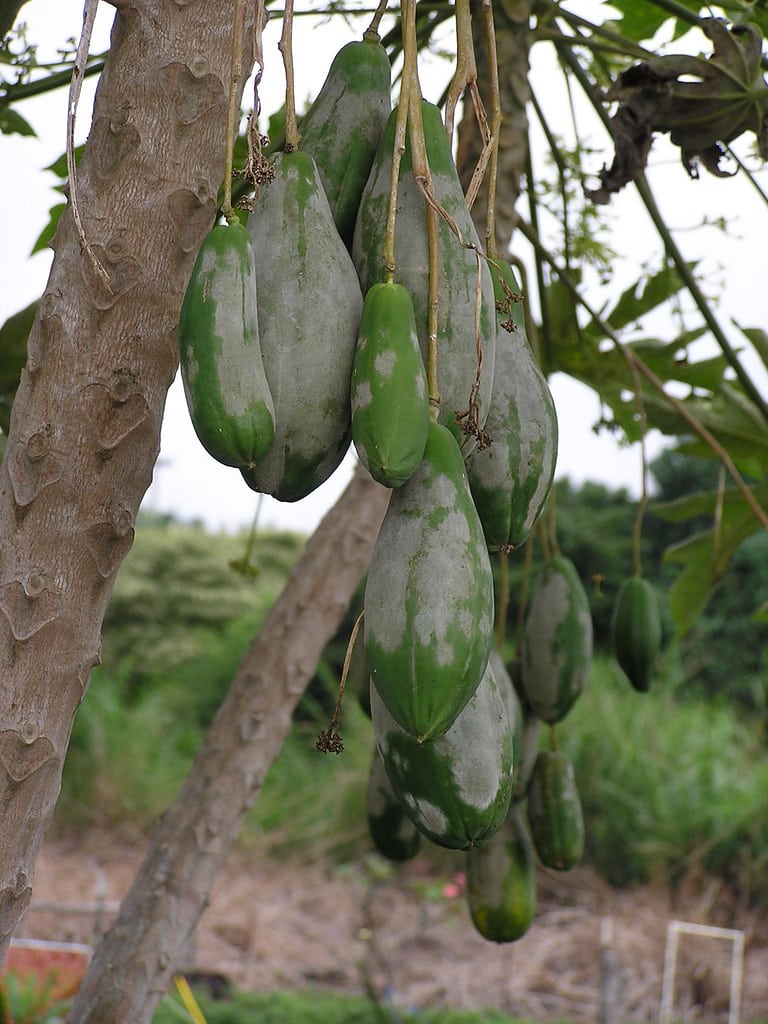

Powdery mildew is a fungal infection that can affect a lot of different types of fruit trees and berry brambles. It can be damaging to yield because it tends to infect new growth, buds, and flowers, causing fruit to either not develop or to be stunted and damaged. Be aware of this disease and know how to prevent and treat it before it ruins your fruit harvest.
Recognizing Fruit Trees with Powdery Mildew
Knowing how to treat powdery mildew requires being able to recognize it. The clearest sign of powdery mildew is the characteristic spores and mycelium. They are white or gray in color and appear like a powdered substance on both sides of leaves. Less commonly you will see the powder on new shoots and flowers. When flowers are infected, the fruit will then either not set or be stunted, russeted, or will develop rough spots.
How to Treat Powdery Mildew
Treating fruit tree powdery mildew once you see the signs of disease can be attempted with fungicides and cultural practices. If there are only a few areas of infection, trim off those shoots and destroy them. Look for early signs as new shoots form. The new leaves will be puckered. If you can trim them off early enough, you may be able to prevent widespread infection. Powdery mildew on fruit trees can be treated with the right fungicides at the right time if trimming off affected shoots does not prevent the spread of spores. A present infection requires an eradicant fungicide, so be sure you get the right kind. A protectant fungicide will only help prevent the infection in healthy trees. Some fungicides that may eradicate a powdery mildew infection are horticultural oils, sulfur, and biological fungicides. Sulfur has to be applied before symptoms show up in a tree, and biological products use bacteria that consume the mildew. The latter is not as effective as oils or sulfur. Good fruit tree powdery mildew control should also include preventative measures. Start by choosing less susceptible varieties. These are available for strawberries, apples, raspberries, cherries, plums, and peaches. Blackberries are always immune. Plant fruit trees with enough space to provide good air flow and keep them pruned for good flow between branches on each tree. Avoid too much shade and excessive amounts of fertilizer. Overhead watering can actually help in the case of powdery mildew, as it washes spores off leaves. With good prevention, cultural practices, and fungicides when needed, you can avoid big losses from powdery mildew.
Gardening tips, videos, info and more delivered right to your inbox!
Sign up for the Gardening Know How newsletter today and receive a free copy of our e-book "How to Grow Delicious Tomatoes".

Mary Ellen Ellis has been gardening for over 20 years. With degrees in Chemistry and Biology, Mary Ellen's specialties are flowers, native plants, and herbs.
-
 Looking For Plants To Give You The Soft And Fuzzies? Try These 5 Fuzzy Leaf Plant Options
Looking For Plants To Give You The Soft And Fuzzies? Try These 5 Fuzzy Leaf Plant OptionsLovers of texture, drama, silver foliage and tactile plants will adore these special sensory garden additions. These fuzzy leaf plant options will leave you all aglow
By Susan Albert
-
 Get Ready For A Summer Of Hummers! Grow These Full Sun Hummingbird Plants and Flowers
Get Ready For A Summer Of Hummers! Grow These Full Sun Hummingbird Plants and FlowersIf you’re lucky enough to enjoy a sunny backyard, make sure you are maxing out on your pollinator opportunities and grow these full sun hummingbird plants and flowers
By Tonya Barnett
-
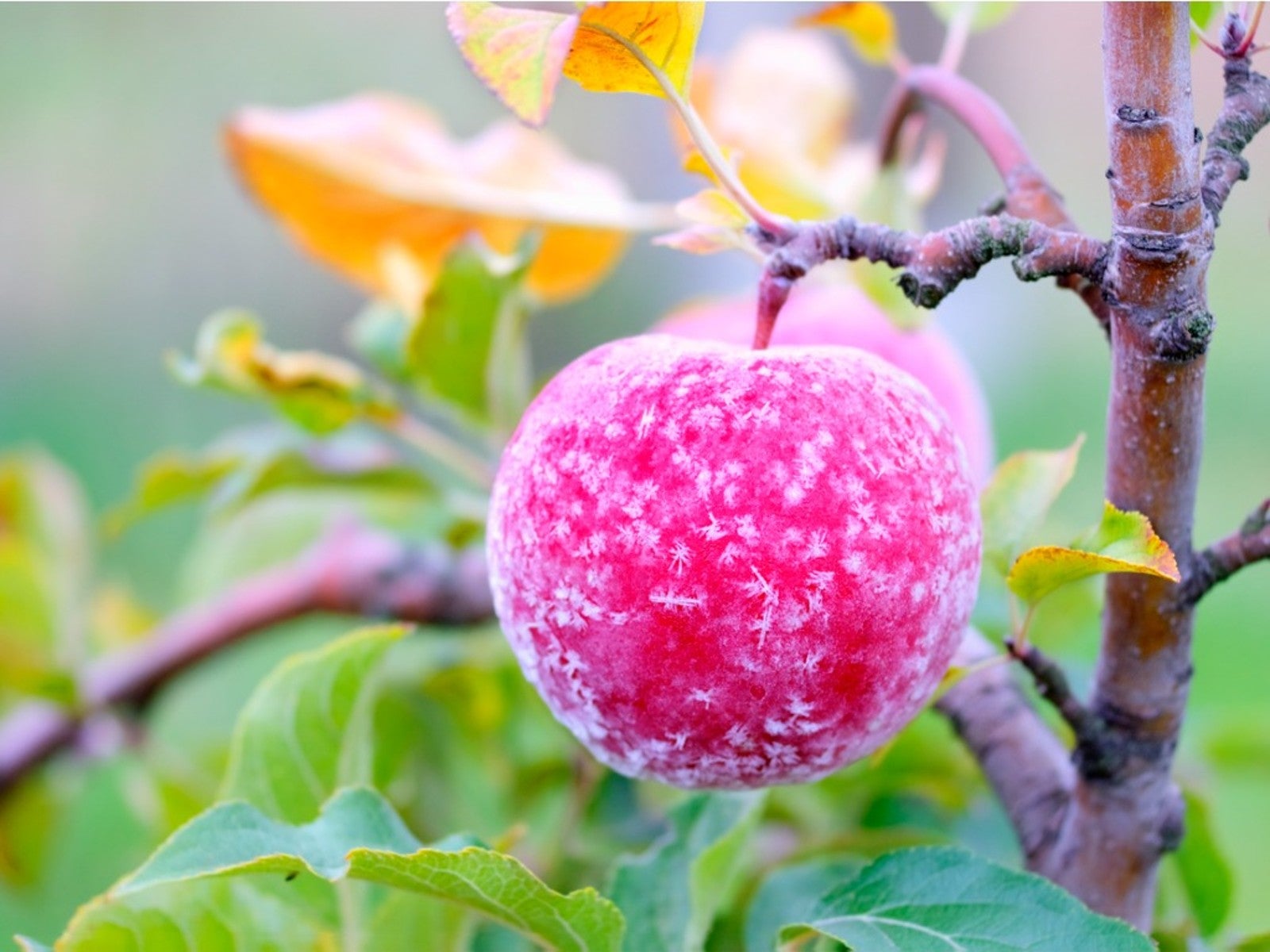 How To Protect Fruit Trees From Frost And Freeze
How To Protect Fruit Trees From Frost And FreezeChoosing fruit trees appropriate for your growing zone is best, but you still may need to protect them from extreme cold. Read how.
By Bonnie L. Grant
-
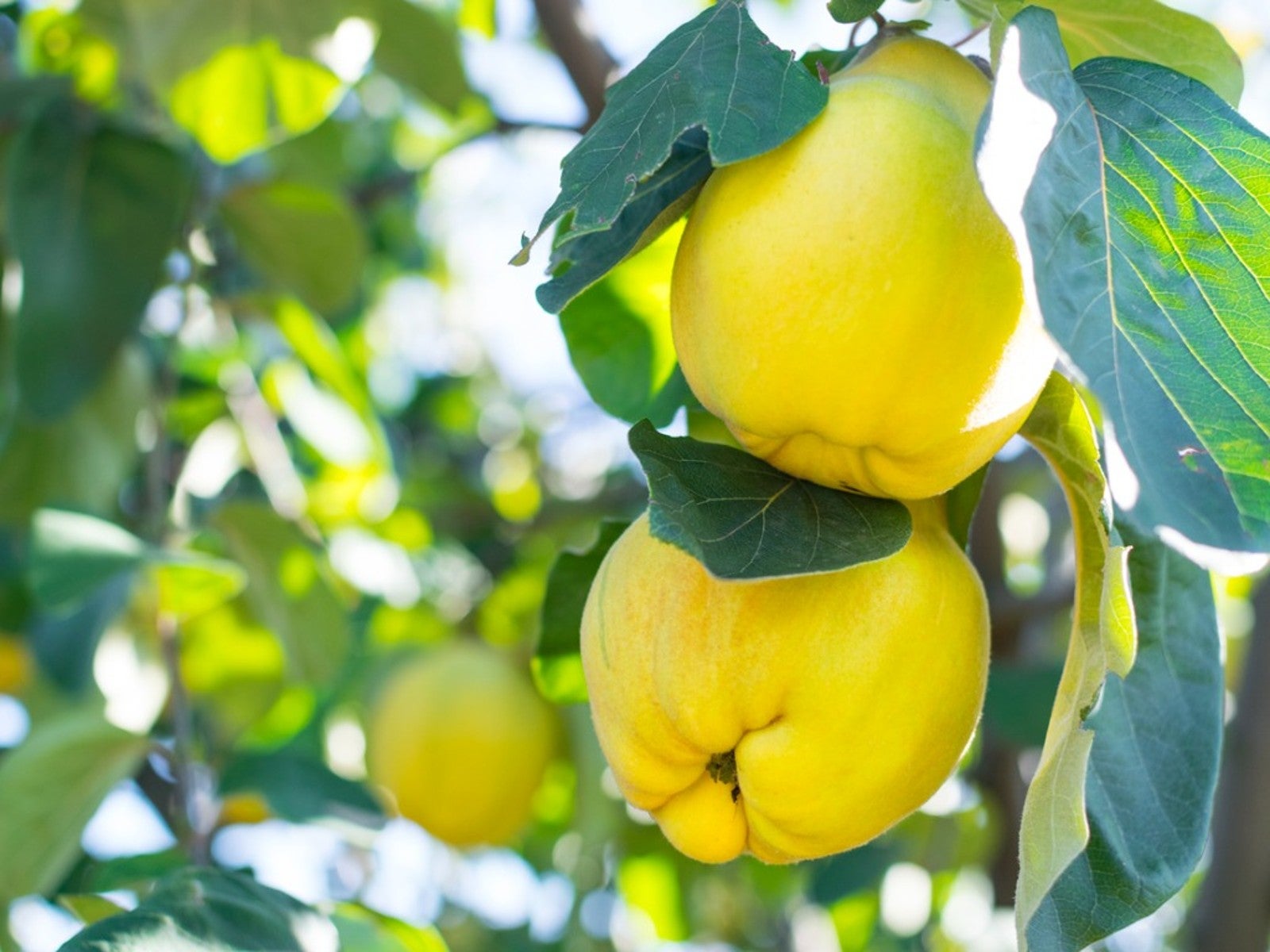 Best Plants For Late Summer and Fall Fruit Harvest
Best Plants For Late Summer and Fall Fruit HarvestEven if you don’t have the optimal conditions for more common fruit trees, there are other end of summer fruits to enjoy.
By Teo Spengler
-
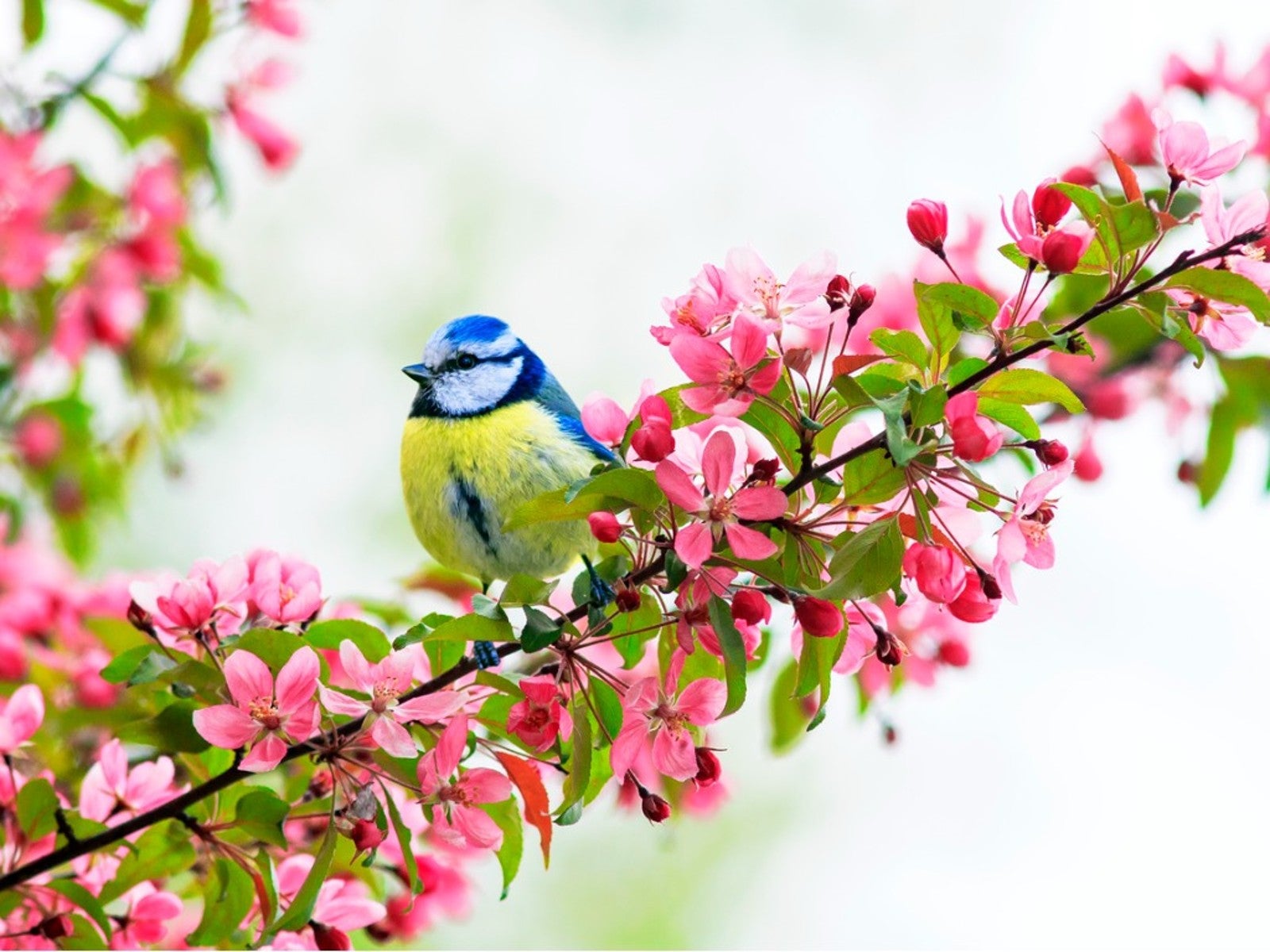 Best Native Fruit Trees To Support Wildlife
Best Native Fruit Trees To Support WildlifeIf you want trees that will attract and feed wildlife, learn the best kinds of edible fruit and nut trees to plant for inviting specific creatures.
By Teo Spengler
-
 Orange Fruit Varieties: Growing Fruits That Are Orange
Orange Fruit Varieties: Growing Fruits That Are OrangeOrange colored fruit isn’t limited to the citrus orange. There are plenty of other orange colored fruit varieties, each packing a healthful punch. Read on for more.
By Amy Grant
-
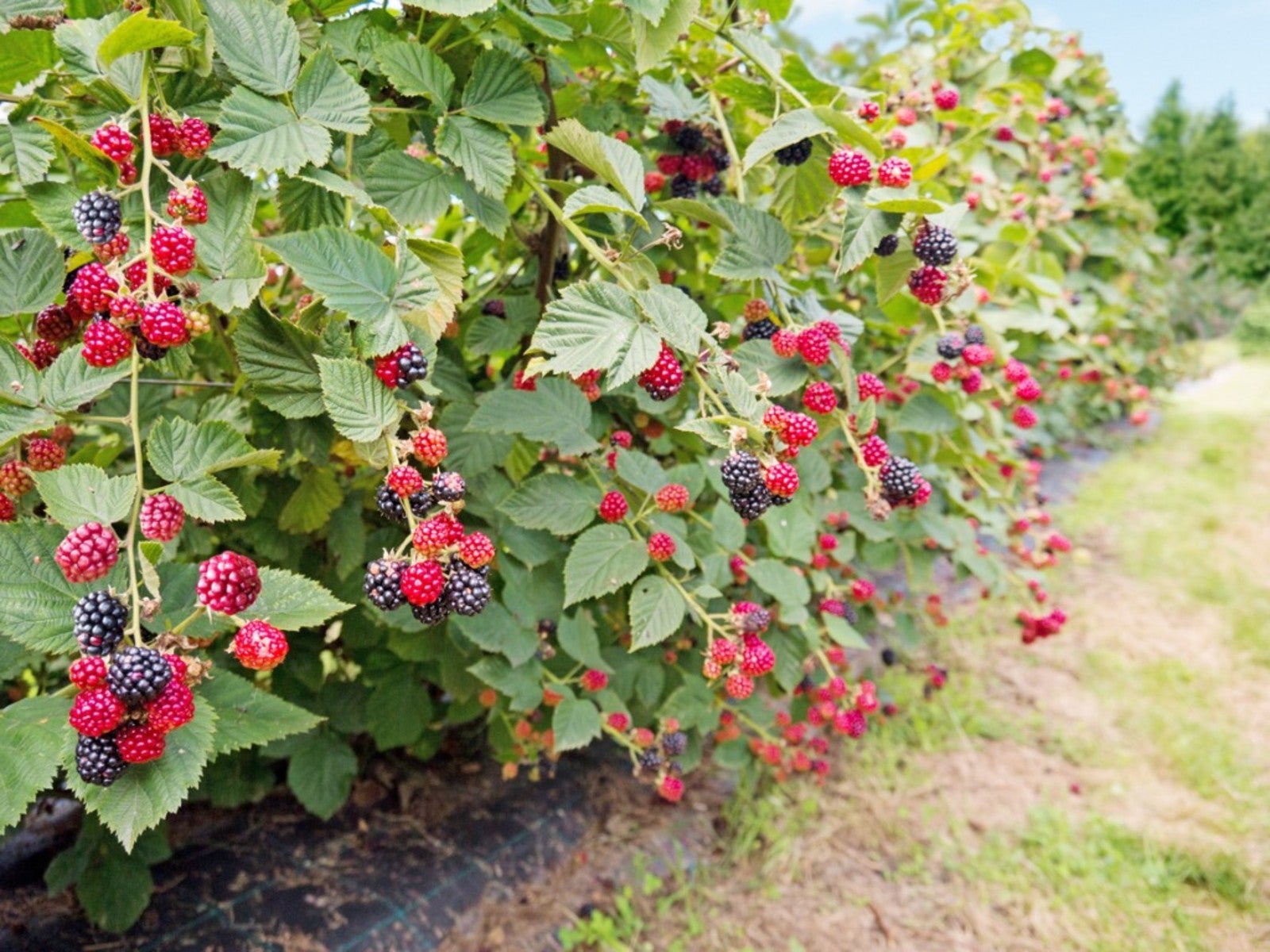 Everbearing Plants: Learn About Everbearing Varieties Of Fruit
Everbearing Plants: Learn About Everbearing Varieties Of FruitWhat does everbearing mean? And more importantly, how do everbearing varieties differ from non-everbearing types? Read on for more.
By Laura Miller
-
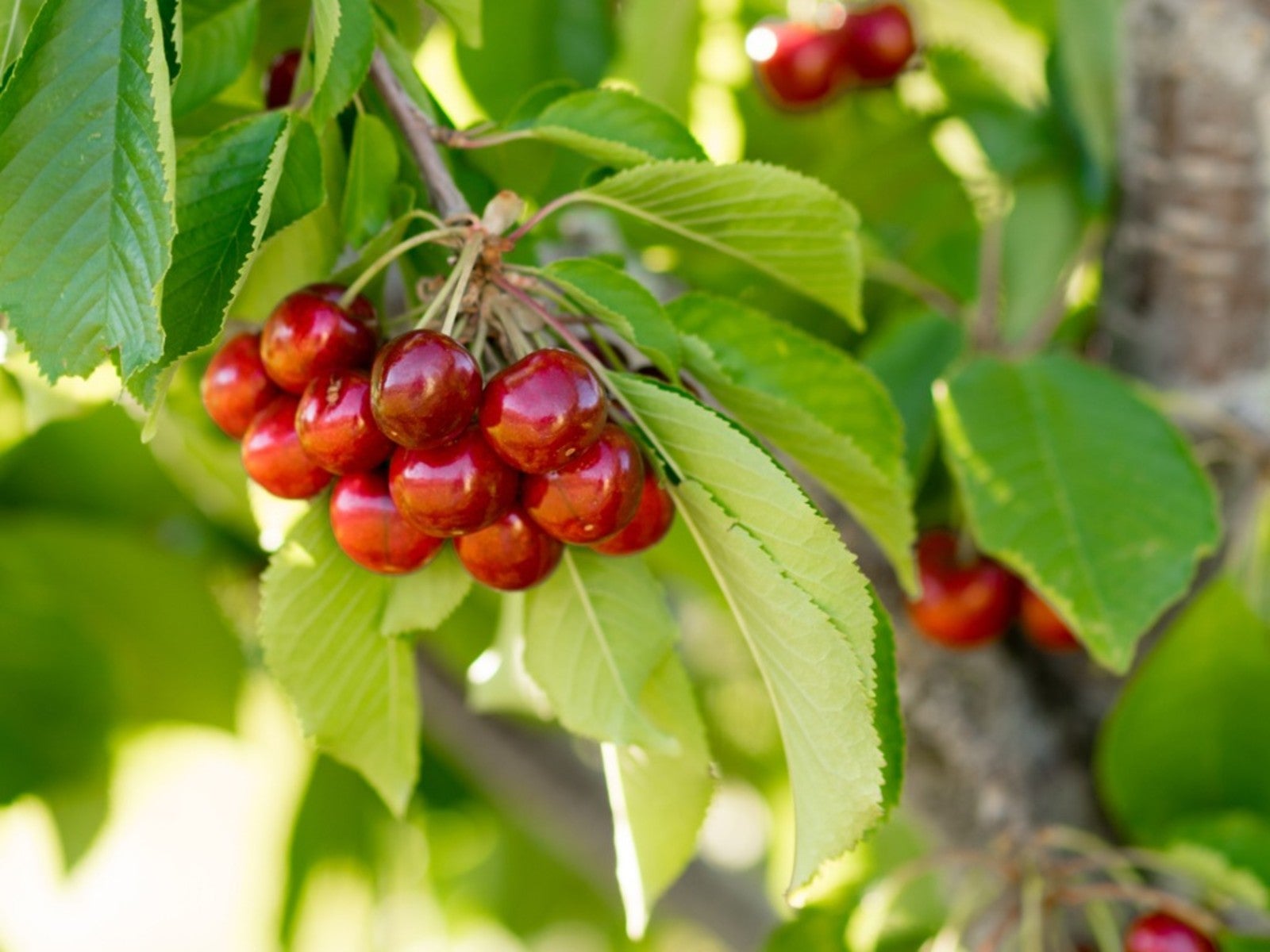 Plant A Red Fruit Garden: Growing Fruits With Red Flesh
Plant A Red Fruit Garden: Growing Fruits With Red FleshPlanting a red fruit garden may seem a bit whimsical. That is, until you realize the health benefits of consuming fruits with red flesh.
By Laura Miller
-
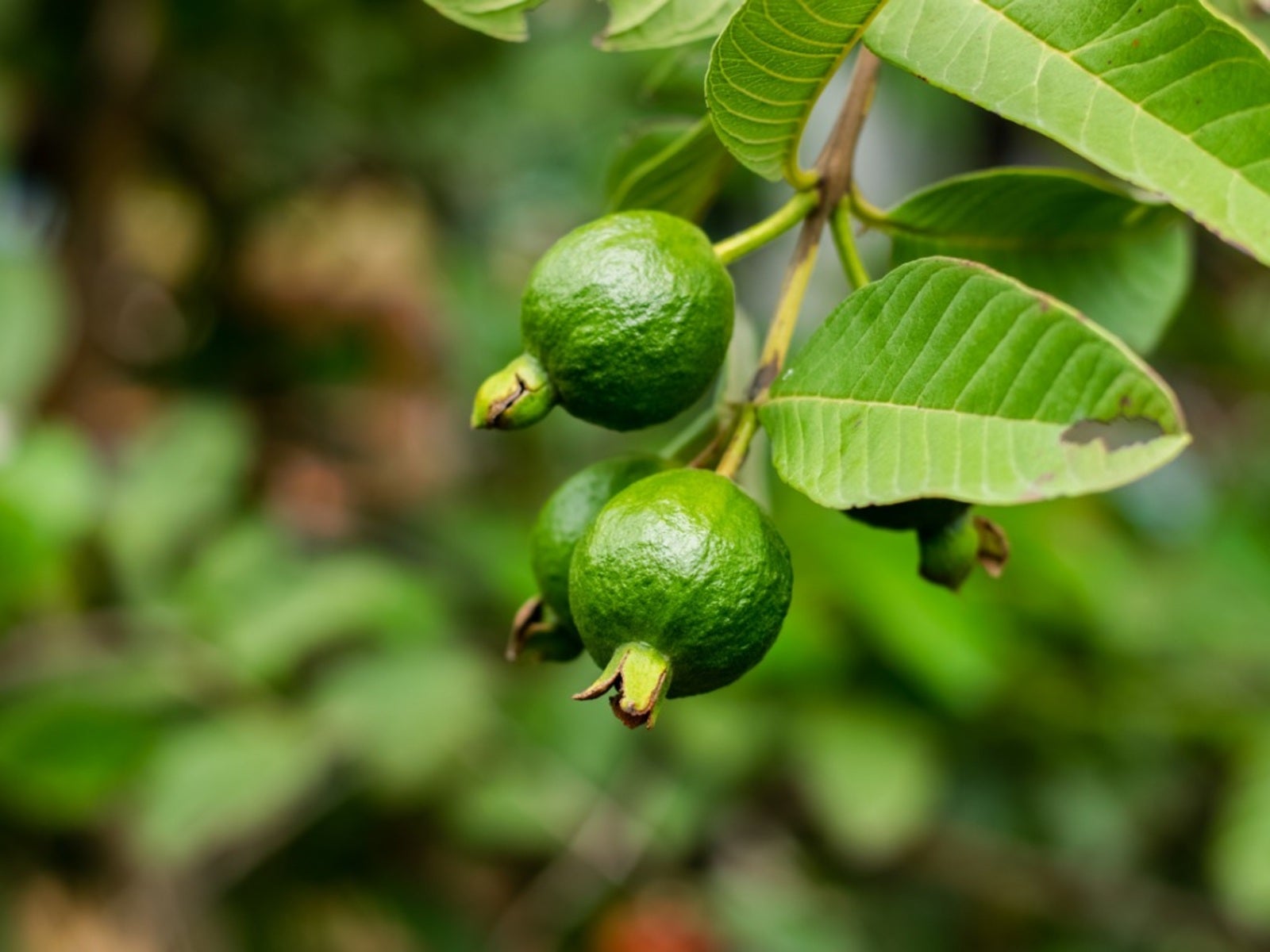 Heat Tolerant Fruits - Growing Fruit In Hot Weather
Heat Tolerant Fruits - Growing Fruit In Hot WeatherSome fruit grows in extreme heat naturally. But there are also specially cultivated, heat-tolerant varieties. For more information on heat tolerant fruits, read on.
By Teo Spengler
-
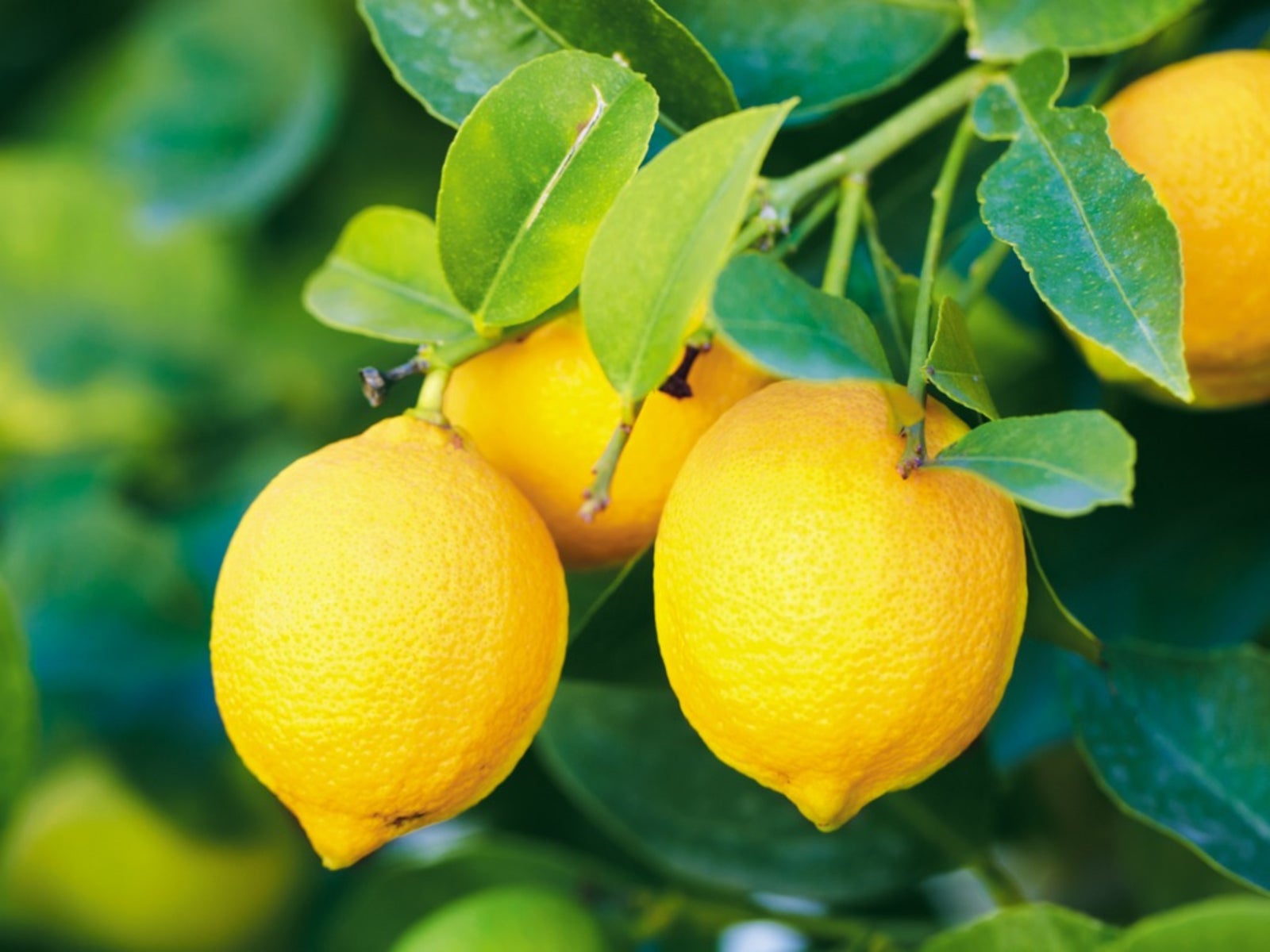 Yellow Fruit Varieties - Growing Fruit That Is Yellow
Yellow Fruit Varieties - Growing Fruit That Is YellowWhat fruit is yellow? There's more than the bananas at the supermarket. Try growing yellow fruit for a consistent supply of sunny food.
By Bonnie L. Grant